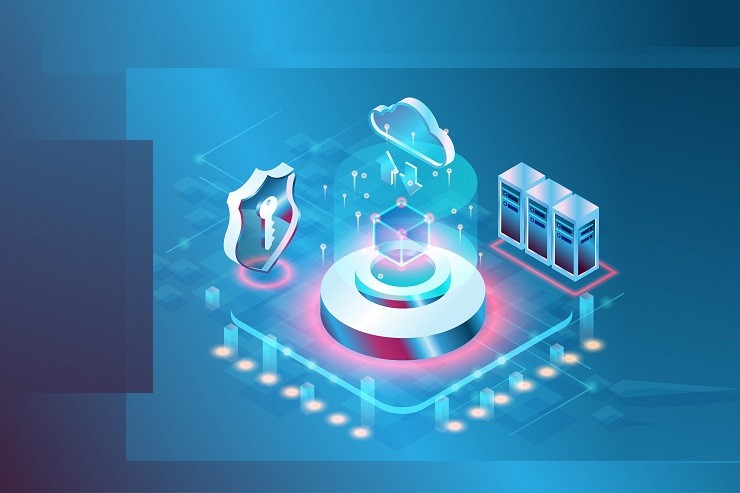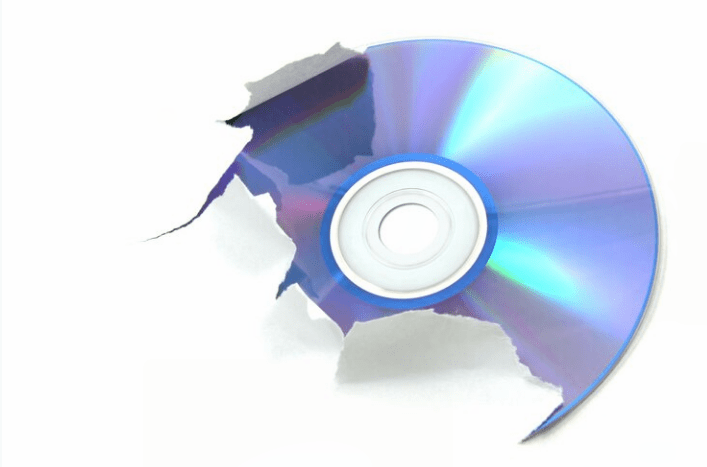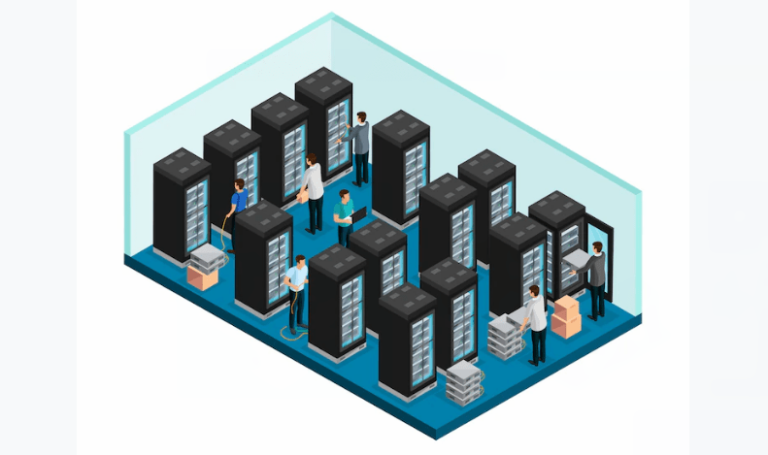With the release of Microsoft Exchange Server 2010 just a few months away, questions about its storage impact abound. In this interview with InfoStor, Astrid McClean, senior Exchange technical product manager with Microsoft’s Exchange Server team, explains the ins-and-outs of Exchange 2010 storage, addresses rumors of a move to SQL Server as the Exchange database of choice, and a range of new performance improvements and storage options found in Exchange 2010.
InfoStor: Has Microsoft made any changes in Exchange 2010 that will directly impact the storage infrastructure?
McClean: We rewrote the book on storage for Exchange 2010 to enable lower-cost mailboxes for our customers. We reduced the IOPS required by 70% from Exchange 2007 and about 90% [when compared to] Exchange 2003.
InfoStor: How will the reduction in IOPS affect users?
McClean: We changed the way we write data by moving away from random, small disk I/Os to a fewer number of sequential writes. Low-cost SATA disks do not like random I/O so we smoothed out our I/O write patterns to take advantage of low-cost disk. The reduction in disk I/O allows for the use of slower, cheaper SATA disks and makes a RAID-less infrastructure feasible.
InfoStor: Is Exchange 2010 dependent upon certain types of storage or can customers choose any storage infrastructure they wish?
McClean: Exchange 2003 required a shared storage cluster. With 2007, we expanded the options to include DAS. With Exchange 2010, there is no dependency on back-end storage for advanced functions. Exchange 2010 offers complete flexibility in terms of the types of storage you can use. We have increased the options to include SAN, DAS, RAID or RAID-less, SATA-based JBODs.
InfoStor: How do you implement a “RAID-less” infrastructure for Exchange 2010?
McClean: Our Standby Continuous Replication (SCR) and Cluster Continuous Replication (CCR) technologies have evolved since Exchange 2007. They are now unified to manage all aspects of failover. Exchange 2007 was restricted to just two copies of the database. In Exchange 2010, you can have up to 16 copies. Log shipping used to be an SMB process, but is now using a TCP socket. The essential process is the same, but we used to do that at the storage group level. Storage groups do not exist in Exchange 2010. Everything is done at the database level and no longer requires RAID storage [when using the Exchange 2010 HA solution].
InfoStor: Does the use of SATA-based storage affect mailbox sizes?
McClean: Using high capacity SATA disks lowers storage costs and gives users larger mailboxes. There is no ceiling [for mailbox sizes] in terms of the design, but there is a recommended mailbox size limit of 10GB and 100,000 items per folder for performance reasons. This is compared to Exchange 2007, which allowed 5GB mailboxes and 20,000 items per folder for reasonable performance.
InfoStor: In a recent blog post, you stated that Microsoft has tested SQL Server as a possible replacement for the current Extensible Storage Engine (ESE) database used by Exchange 2003 and 2007. Are there performance benefits to be had using SQL instead of the ESE database?
McClean: A lot of customers asked us about integrating SQL Server with Exchange because they heard that we were testing it, not because there is a performance advantage of any kind. Our team did test SQL and did get it working and working well, but it was really a question of where we wanted to invest our money. It was a business decision and we decided to make further investments in the existing ESE database. We did not see enough of an advantage in going to SQL at this time.
InfoStor: You said “at this time.” Does that mean a move to SQL is possible for future versions of Exchange?
McClean: It is something that we look at with every version of Exchange and we will continue [to do so] to make sure we are putting our investments in innovation in the right place.
InfoStor: What have you done on the archiving front?
McClean: We are introducing something called the personal archive in Exchange 2010. It is effectively a secondary mailbox stored on the Exchange server that looks just like a .PST file in terms of the folder structure. It will be a familiar experience for users, but, from an administration point of view, it is just another mailbox. We are targeting this built-in archiving feature at the 80% of customers that don’t have any archiving in place.
InfoStor: Do you think Exchange 2003 users will eventually move to Exchange 2007 or will they most likely leapfrog that product in favor of Exchange 2010?
McClean: There are a lot of customers out there still on Exchange 2003. A significant number of those customers will look at their environment and at Exchange 2010 and see that they get all of the features from 2007 and 2010 in one with Exchange 2010. From a storage point of view, a lot of customers struggle with Exchange 2003 because it is I/O-bound. Exchange 2010 is not.
InfoStor: When will Exchange 2010 be generally available to customers?
McClean: We will be releasing Exchange 2010 by the end of the year.





